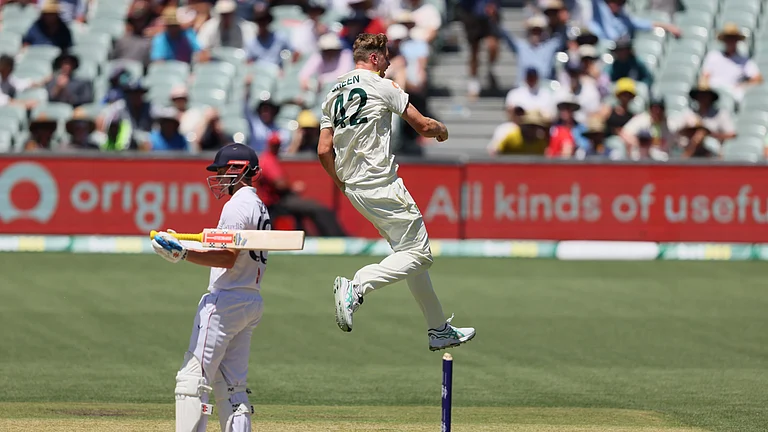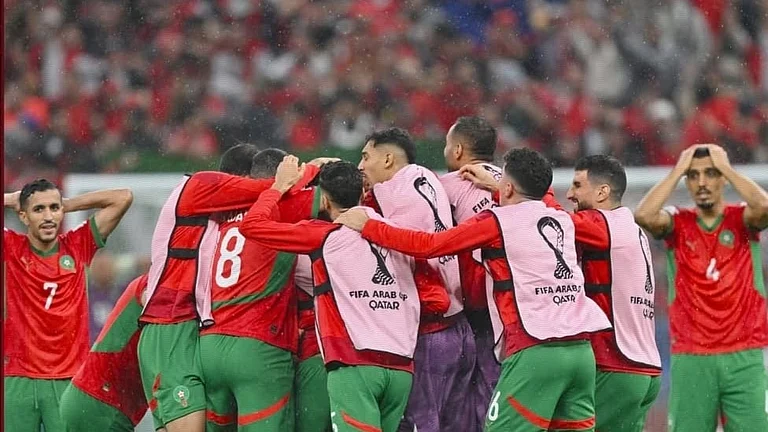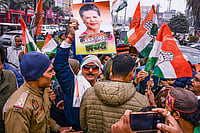A Barebones Fight For Survival
Tariffs down, down, down
- Tata DoCoMo and MTS have introduced per-second billing to completely redefine tariffs. Reliance and Airtel now offer 50 paise/minute for local and STD.
- Tata has introduced a pay per call scheme against a per-minute charge
- Aircel has introduced a telescopic tariff scheme in some circles—the more you talk, the less you pay
Target farmers & rural consumers
- Tata Teleservices’ bundled connections with offerings that allow farmers to operate water pumps by remote via the mobile handset
- Tata Indicom has tied up with NGOs to offer English tutorials, weather and agro inputs to towns and villages
Open up new segments
- RCom is betting on mobile-banking to reach areas where banks cannot
- MTS, a new entrant, is focusing on data rather than voice, promising a 3G-like superfast data experience within the existing network
- Companies like Aircel and Reliance are offering services related to social
networking sites like Facebook and Twitter.
What’s next
- Call rates have already hit rock bottom. Like other global markets, local calls may soon become free.
- Value-added services—SMS, GPS, information etc—are currently subsidised or very cheap; this will change
***
Some farmers from Gujarat have found a novel way to operate water pumps. They just punch numbers on their mobiles, all thanks to a new service being piloted by service provider Tata Teleservices. Elsewhere, in Ghiloth, a remote village in Rajasthan’s Alwar district, farmers can buy or recharge Airtel mobiles at subsidised rates at their village society’s fertiliser shop. In Delhi, tech-savvy subscribers are watching out for a service from new entrant MTS that promises a “superfast experience” in data transfers within their 2G network. And young people across the metros have found a new way to connect with their Facebook and Twitter buddies through SMS.

Airtel has made inroads into rural areas
Across the country, mobile phone users are celebrating. They are being wooed like never before. Call rates have never been so low as operators jostle to provide the lowest and best deal. It’s all thanks to a desperate fight for survival as India’s top telecom companies pull new tricks out of the bags to lure customers in the face of falling revenues and stiff competition, intensified by the addition of new operators in circles far in excess of global practices. At seven to eight operators, India already has one of the maximum operators per circle. With new licencees starting operations, that number would go up to 12-13 per circle. New entrant and CDMA operator MTS, for instance, is but the ninth operator in Delhi.
The desperation of telecom companies stems from the fact that none of the existing players have made profits worth mentioning and the bigger markets—metros and large cities—are either saturated or close to saturation point. According to a study, all the metros barring Calcutta had a teledensity exceeding 80 per cent. Chennai leads with 111 per cent, Mumbai has 90 per cent, and Delhi follows with 83 per cent.
To make matters worse, the Telecom Regulatory Authority of India (TRAI) recently suggested that companies charge on per-second pulse instead of the prevalent per-minute pulse. Within days, telecom stocks got battered in the market as analysts predicted the TRAI proposal would erode bottomlines by at least 10 per cent. Soon TRAI clarified that companies would be free to offer other plans as well. “Tariffs should be economical and allow people to make an informed choice for their use. We want people to be charged for the talk time they use and not for what they don’t,” TRAI chairman Dr J. S. Sarma told Outlook.
As expected, most operators have reservations about this. In a market of falling tariffs and average revenues per user (or ARPUS), this was akin to sounding the death knell for many firms. arpu for gsm operators fell to under Rs 200 in June while that for CDMA operators went to under Rs 100, according to market estimates. And despite the highest growth rates in the world, the average minutes of usage in India are half of that in the US today.
It’s a tough situation. But that’s not all. As Romal Shetty, head of telecom advisory, KPMG, puts it: “The biggest problem in India is that voice accounts for 85-90 per cent of telecom companies’ revenues. Also, about 20-25 per cent of the new subscribers don’t add any revenue for companies and are considered zero-base subscribers. So companies have to develop applications which can bring in revenues.” The billion-dollar question is: from where?
The answer lies in the vast hinterland of India. Teledensity here is lower and the huge agricultural consumer base offers a potential goldmine for customised services. Most of the existing players are now bringing out new schemes and customised services to suit people in tier two and three towns and villages.
Airtel was probably the first to jump into these markets when it tied up with India’s largest fertiliser company IFFCO a year ago. Airtel SIM cards are sold at IFFCO outlets in villages at subsidised rates. Users of these co-branded SIMs also get five phone calls a day with information on local mandi rates for commodities and weather forecasts apart from a subsidised helpline to attend to their specific problems free of cost. “We are going even to villages with a population of just 500 people. We don’t want to leave any village from our footprint,” avers Sumit Saigal, Airtel’s zonal sales manager for Alwar district.
Others like Tata Teleservices have launched a slew of value-added services tailormade for rural folk in collaboration with NGOs. Apart from agricultural and commodity information, this includes an English tutorial service and voice SMS for the illiterate. Its most unique initiative is Nano Ganesh—a project developed by Ossian Agro, where a farmer can operate his water pump from remote locations using his mobile. The pilot for the service was being run in Bharuch and Anand in Gujarat till recently—an all-India rollout will happen soon.
The rural push is bolstered by some game-changing innovations in tariffs. While Tata DoCoMo was the first to launch a per-second pulse for calls, Tata Teleservices also launched a pay-per-call system for its CDMA service Indicom, where subscribers pay a fixed charge per call instead of a per minute charge. Says Lloyd Mathias, chief marketing officer, Tata Teleservices: “Our revenue has gone up as we had a lot of new subscribers and the existing subscribers who switched to this plan have not changed their call pattern.” Tata DoCoMo also launched a pay-per-character scheme for SMS instead of a fixed charge for 160 characters.
Of course, tariffs have fallen drastically in the past—and the competition quickly matches any price leader. Firms are desperately seeking to offer all variations of products under the sun. This is important to get customers hooked to all services under their banner. “Complete players with offerings across the spectrum will have the advantage of synergies and would be able to cross-subsidise services,” avers Nilanjan Mukherjee, chief marketing officer, Reliance Communications.
The most vulnerable, of course, are the new players. Differentiation is what they are seeking. While the game-changers in the first round of competition in the market were presence and network coverage, factors like good data and value-added services apart from quality of service (QoS) issues like connectivity and signal strength are becoming crucial. The new players are also banking on mobile number portability, which allows a subscriber to change her operator without changing the number. Existing operators have loads of dissatisfied subscribers—the new players are expecting some of the spillover to reach them.
That’s why the new players are trying to find ways to stand out in the crowd instead of reinventing the wheel and do a me-too tariff package. MTS, which entered the Delhi-NCR circle last week, is harping on its data offering instead of voice. Says Sanjay Bahl, coo Delhi circle, MTS: “After 14-15 years, customers are still complaining about network coverage and QoS. They want their calls to go through.” The company will soon be launching its high-speed data card M-Blaze.
Most of the services introduced now are low-cost or free. But that’s expected to change as companies investing in new customers start pulling at the strings. So expect SMS and other services to get expensive or sport a price tag. The consumer may still be a gainer though as many services, local calls for instance, might become free. In a market where voice forms majority of the telecom traffic, that would be a great consumer call.
By Arindam Mukherjee in Delhi & Rajasthan






















